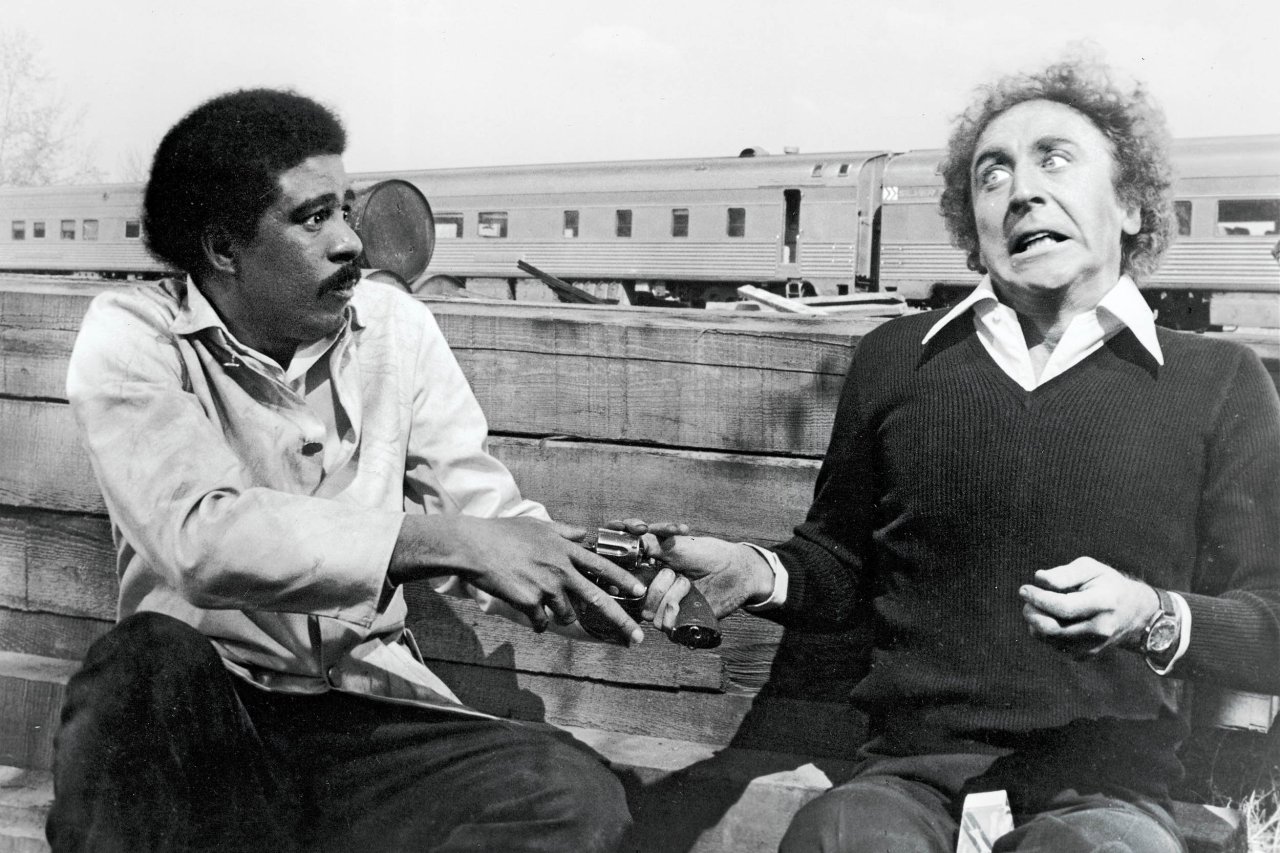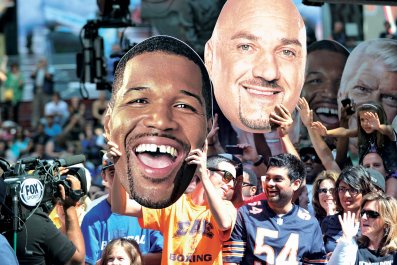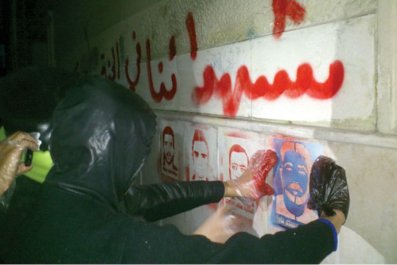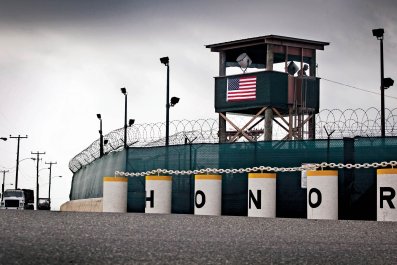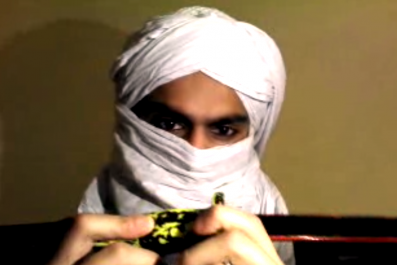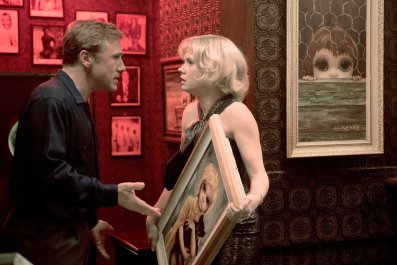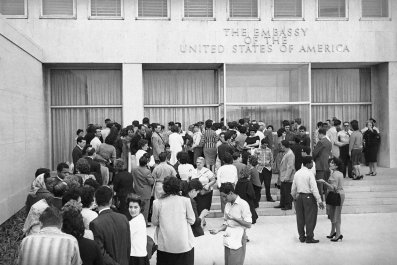Of the many live performances Richard Pryor recorded, his Live on the Sunset Strip may be the one with the most directionals. Like one of those milestone signs with arrows pointing every which way, this tour de force nods to his distant past (the sin city of Peoria, where his grandmother ran a brothel that employed both his mother and father) as well as more recent events. His audiences (the film was drawn from shows in San Carlos, California, in 1981 and Hollywood in 1982) were waiting to hear about that evening of June 9, 1980 when the troubled comedian set himself on fire while freebasing cocaine, and they were not disappointed. As Scott Saul reports in his masterful new biography, Becoming Richard Pryor, his "first comedy routine" came after he slipped in some dog poop as a kid—"And I've been slipping in it ever since."
There, too, is the classic sex farce, when the husband caught with another woman says to his wife, "You gonna believe me or your lying eyes?" There is also the somber social critic, reflecting on race after returning from Africa. "Do you see any niggers?" he asked himself when he was abroad. "I've been here three weeks, and I ain't even said it." And in between are animal impressions (two cheetahs, a caged bear), mobsters spouting gibberish Italian (reminiscent of his early hero, Sid Caesar) and finally the burning-man routine (a doctor at the burn unit says upon viewing the torched Pryor, "Why don't we get some cole slaw and serve this up?")
"He was like his own variety show, with all the different tonalities possible, a kind of carnival of character," says Saul from his home in Berkeley.
Pryor had his own variety show on NBC in 1977, but it only lasted four episodes, being no match for Laverne and Shirley and Happy Days, which aired on ABC in the same hour. Saul, who spent eight years researching Pryor's life, sees Comedy Central's Key & Peele as "a successful version of what The Richard Pryor Show could have been. "John Moffitt, director of The Richard Pryor Show, said every other variety show he worked on, people had their safe corners they went back to show after show, the characters that repeat and so on," says Saul. "Richard Pryor never wanted to do that… He was willing to take comedy into a place where he didn't have to be funny; it was more of an exploration of character and environment, and the thorniness of life."
The thorniness of Pryor's life was rooted in race. His grandmother, Marie Bryant, was born in 1899. "The person who most shaped him was imprinted by the mores of an earlier era," says Saul. "It's the Jim Crow Midwest of the turn of the century; a world where people had been lynched and you could only expect the roughest of justice." A lot of the justice young Pryor received was pretty rough as well: the canings he got from his grandmother, the neglect he suffered from his mother, and the Dickensian admonitions delivered by his dad, Buck Pryor, a tough character who worked as a bouncer at his mother's whorehouse. "I chose you, so be cool," he would often tell his son. "You could be in an orphanage."
But his grandmother also embodied survival skills, and by the time of his Sunset Strip performances, Pryor was starting to talk about his childhood as an almost privileged one. "His grandmother was a successful businesswoman," Saul notes of the matriarch who ran both a beauty parlor and a whorehouse. "She found a way of making do, making a way out of no way." And the hypocrisy of the mostly white clientele that frequented the mostly black brothel was not lost on young Pryor, even as he was sent to white schools where he became the class clown and mimic, his first forays into crossover comedy.
"I think a lot of the drama of the book is how Peoria made him and unmade him at once," says Saul. "He finds the stage in part to escape the world of his family and to find that imaginative freedom. In the end he finds his identity as a performer by reconciling himself to that childhood, bringing it into his comedy.… [But] his unhappiness could be traced back to his childhood; it was such a conflicted and difficult childhood I think it made him a conflicted and difficult person."
"Difficult" is a kind way to describe the faithless husband who physically and verbally abused his many wives, and the coke fiend who wrecked and rebuilt his career many times. The stop and start nature of his subject's career is the pattern of Saul's biography, which made many best books of 2014 lists. "There were always breakthroughs"—his scene stealing film debut in 1972's Lady Sings the Blues; the unlikely success of 1974's X-rated comedy album That Nigger's Crazy—"but the breakthroughs were always followed by some kind of stoppage.… "
Saul's interest in Pryor was piqued while teaching at UC Berkeley, where he is currently an associate professor of English. It was in Berkeley, in the early '70s, before his Hollywood success, that Pryor claimed to have found his voice, throwing stuff against the wall at clubs like Mandrake's, drinking deeply from the various gourds that were being passed around at the time. "I think his comedy was really borne out of counterculture and black power movements," says Saul. "He feeds off those energies.... So there is an edge of militancy in what he does, coming out of the civil rights movement, but there is also this freewheeling absurdity, surrealism and love of the irrational, the desire to push experience to new frontiers, that comes out of the counterculture."
It was no coincidence that the first time he hosted Saturday Night Live, in December 1975, he did a version of "Acid," a routine in which he painfully parodied himself freaking out under the influence of LSD ("I don't remember how to breathe!") while a white hippie kibbitzes, seemingly unconcerned ("Told you it was far out!")
One of the biggest surprises for Saul was learning how much Pryor changed every film he was involved with. The 1976 hit Silver Streak, his first buddy picture with Gene Wilder, was rewritten around Pryor's improvisations, but Becoming Richard Pryor also details how his role in Lady Sings the Blues, the 1972 Billie Holiday biopic starring Diana Ross, was expanded from one line to a supporting role—all from the way he read that one line—and his commentary in Mel Stuart's 1973 concert film Wattstax was widely held to be the most dynamic thing about it. "The standard line was that Richard Pryor never found the right Hollywood vehicle," says Saul, but it was more complicated than that.
Earlier Pryor biographies (and there have been at least six by Saul's count) pointed to Blazing Saddles as a signature disappointment for the comedian, who called it a "thorn in his heart." He had wanted to play the lead role of Bart, which ultimately went to Cleavon Little. This was not, however, Pryor's Bruce Lee moment (when the role Lee created in Kung Fu went to a white actor, David Carradine); Pryor got second billing under writer-director Mel Brooks among the writers, and Saul argues that the choice of Little, a classically trained actor then in a popular TV show (Temperatures Rising) was part of what made the film successful—and consequently paved the way for many other irreverent comedies, and much of the interracial humor of Pryor's later films with Wilder. "Cleavon Little was a figure like Bill Cosby was, very likable," says Saul. "Pryor was lovable…but he wasn't necessarily likable.... You couldn't have an easy surface relationship with the guy; you had to go deeper."
One of the other received truths of earlier Pryor biographies involves the night he walked off stage of the Aladdin casino in Las Vegas in 1967, a crucible of his comedy that divided every thing before and after, like Dylan's motorcycle accident. According to the 2013 documentary Omit the Logic and Pryor's recollections, he blew up what was becoming a successful career playing the token negro on TV shows and doing safe comedy acts in Vegas. Imagining how uncool he must look, doing his Cosby-esque material in front of Dean Martin (who was in the audience), Pryor asked the audience, "What the fuck am I doing up here?" before exiting the theater. The only problem with that version is that Pryor went on from there to do the Pat Boone Show and play Vegas, where he was supposedly been blackballed for the Aladdin incident. And the Aladdin, Saul points out, was one of the hipper joints in town, booking blue acts like Redd Foxx and Rusty Warren long before Pryor made the scene.
"Every biographer has to deal with how reliable is the person they're writing about," says Saul. "I found with Pryor there was a germ of truth in everything he said." And while he didn't really destroy his career at that moment, he did change its course. "It was a crucial moment in his life because after 1967, he does walk away from those kinds of gigs, in general, where you're supposed to wear a tuxedo."
It was a different kind of integration struggle—Pryor was trying to reconcile the PG comic with the griot, a man bringing true stories of winos and junkies and street preachers from another side of life. That was the key to the Aladdin incident: "He's turning to character-centered comedy, with characters that have a more salty edge to them, and that forces him to open up his act to obscenities," says Saul. "He can't play the characters he wants to become unless he starts pushing that taboo."
There were more two Pryors at war within him; as Saul suggests, the man contained multitudes: the sweet clown battling with the angry misogynist, the generous benefactor fighting the thin-skinned entertainer, ever looking to be ripped off. Even on the night of his self-immolation he was looking beyond himself. As the police followed him, running down the street on fire that night in June, neighbors could hear him pleading: "Lord, give me another chance. There's a lot of good left in me. Haven't I brought any happiness to anyone in this world?"



